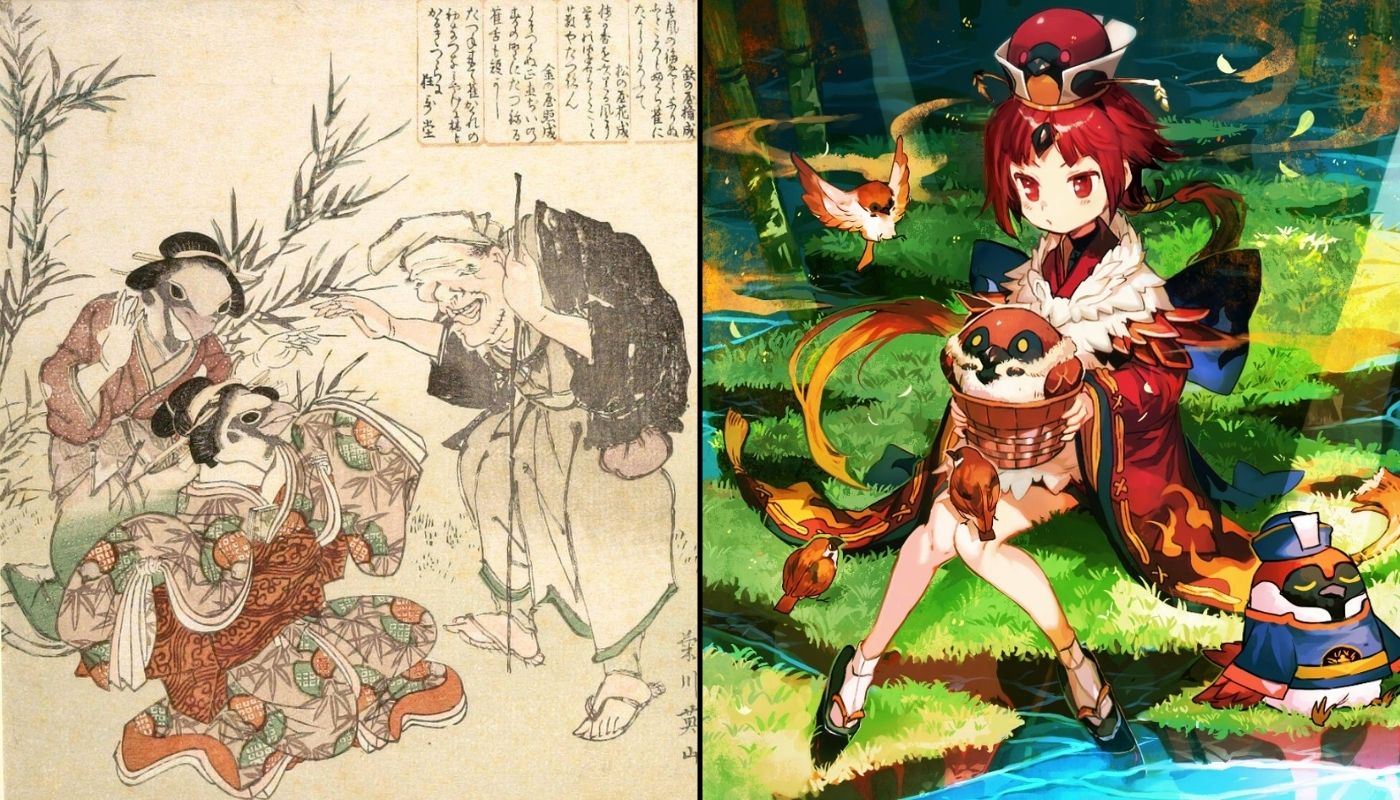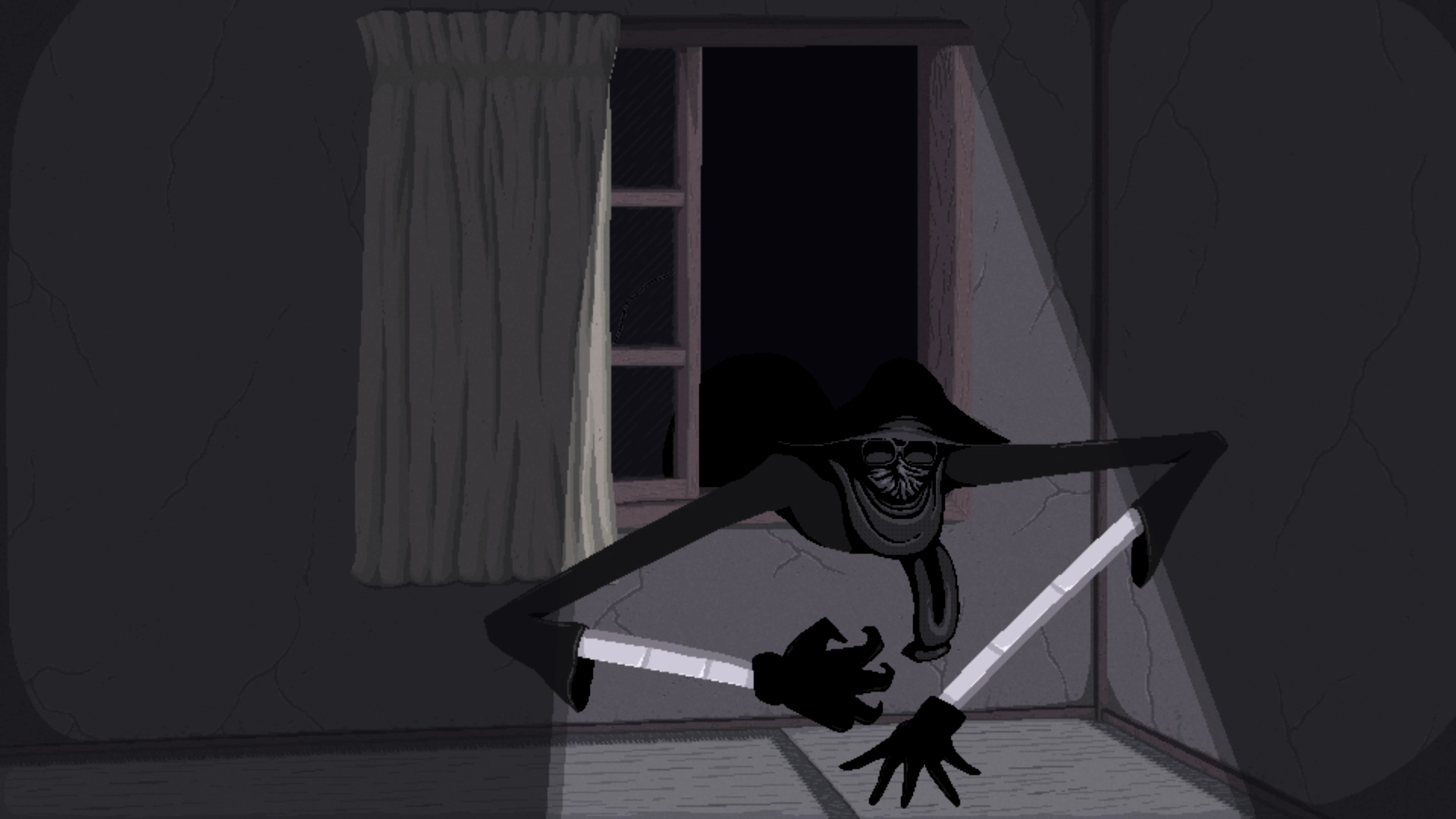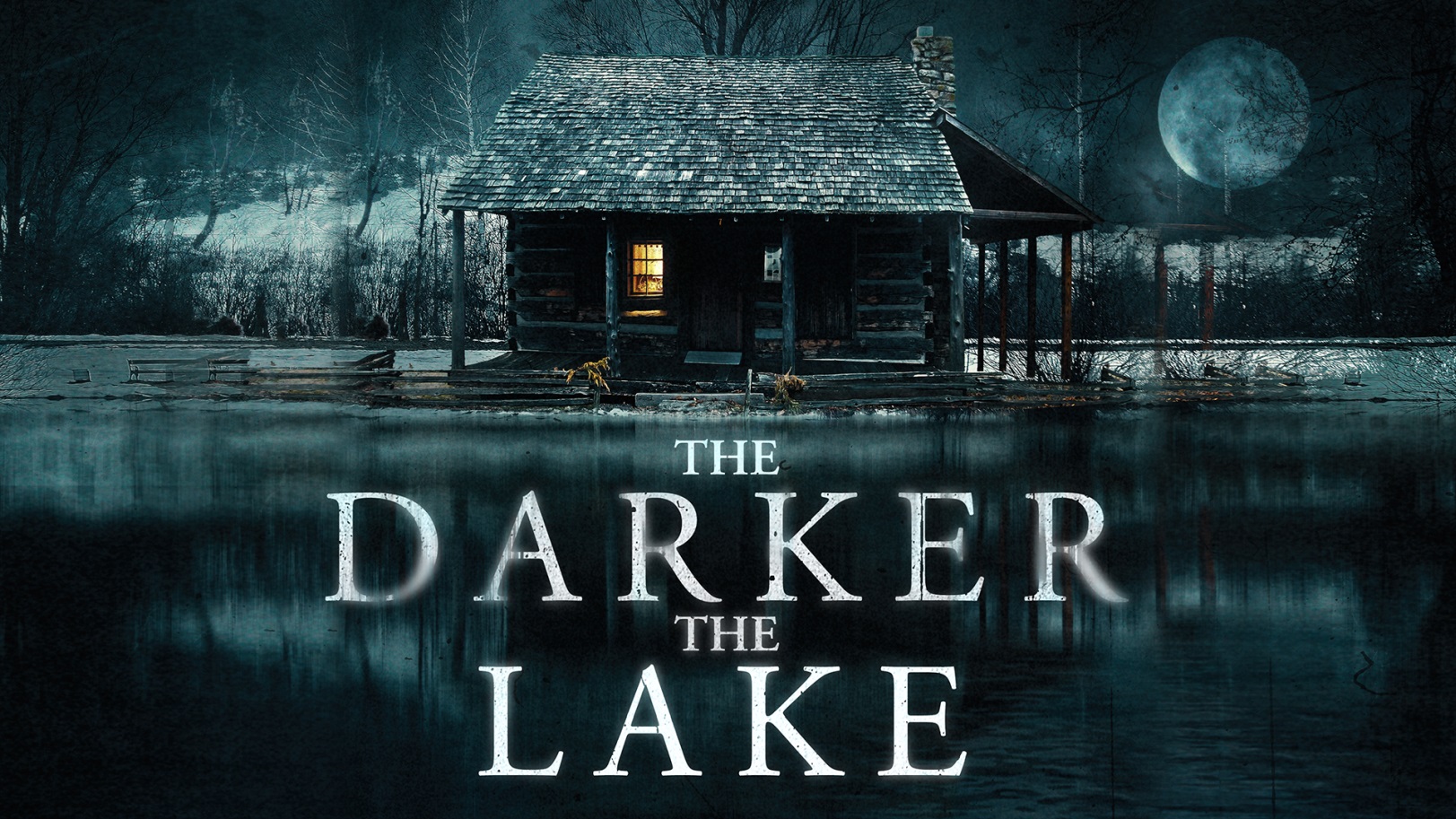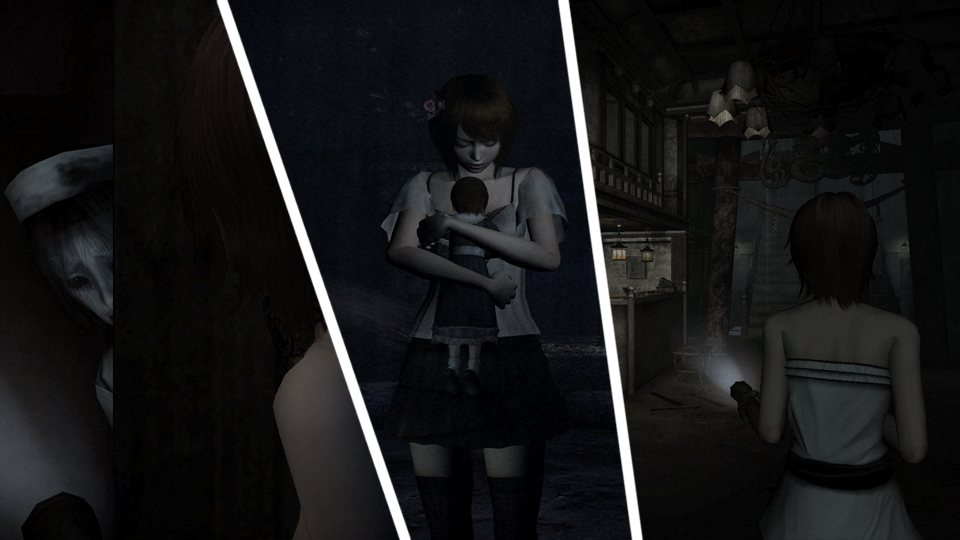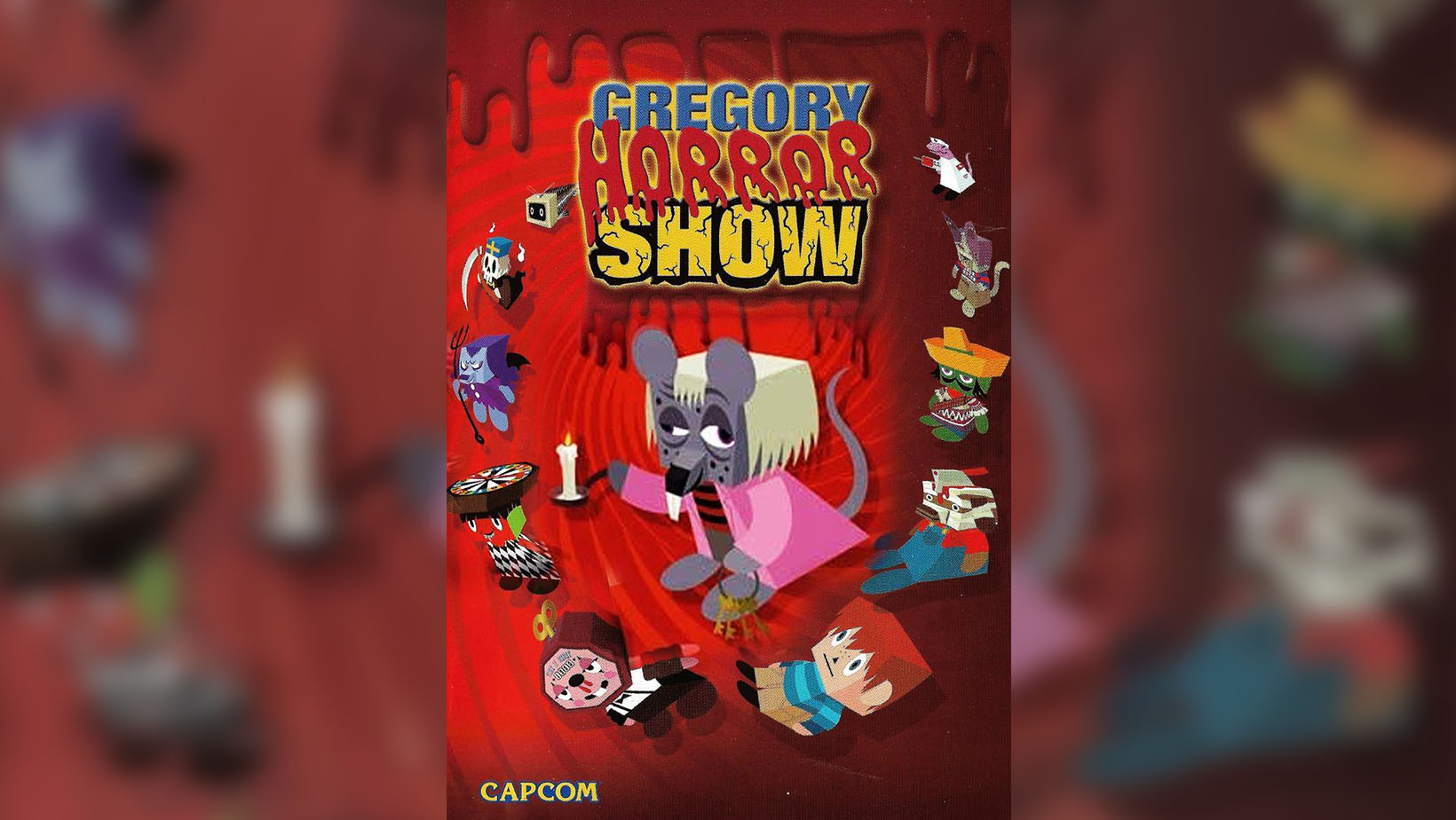
Gregory Horror Show is a 2003 Japanese mystery survival horror, developed by Capcom and released on PS2 in Japan and in Europe a few months later. The game is based on the dark CG anime of the same name, created by Naomi Iwata
Gregory Horror Show puts players into a role as themselves, as they have lost their way and wander into a hotel called Gregory House, but soon find that leaving is not quite as simple as entering. Gregory House is no ordinary hotel, but a weird alternate, fourth dimension, reminiscent of a dreamlike state. While searching for an exit, players encounter Death who promises to return the player to their own dimension if they collect all the wandering souls locked in the hotel.
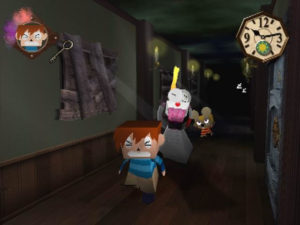
Being a 3rd person survival horror made by Capcom, Gregory Horror Show shares a slight resemblance in gameplay to their Resident Evil series. The protagonist wanders the abnormal layout of a huge building, solving item-based puzzles to progress further towards their overall goal. Only, instead of managing a standard health bar, the game instead focuses on the protagonist’s mental state. Witness too much trauma and your character is likely to go insane, but fear not, as you can recover your mental vigour through reading the many books scattered around the hotel, sleeping in your room, and… you guessed it, by collecting herbs.
What makes Gregory Horror Show’s gameplay so unique for the era is its reliance on NPC scripting. Each character featured in the hotel has their own set schedule throughout the day, often seen roaming the halls on their way to their next task. As you progress further in your quest to collect souls for death, the more soulless NPCs you will encounter and, therefore the tougher it will be to traverse the corridors of the hotel in search of fresh souls. If these newly formed enemies will lower your mental state low enough, the player will enter a “horror show”. A full-motion animated video of mild horror, varying depending on the NPC that caught you.
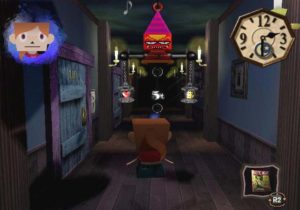
Additionally, the numerous status effects that can affect the player deliver a constant need to maintain a balance in gameplay. Forgoing sleep for too long, the character becomes tired which does not show its negative effects right away. However, ignore this warning and the status will to negative buffs such as a headache (slowly depletes mental gauge), nervousness (healing items are half as effective), confusion (difficulty controlling the player), among other debilitating statuses.
Similar to its CG anime counterpart, Gregory Horror Show features a very stylised visual design. Although the hotel itself resembles a regular hotel, not so different from what most would expect from a PS2 game from the era. The character designs are incredibly unique in their depiction, with the original anime CG medium making it effortless to transfer into a videogame. These characters range from intentionally goofy-looking to disarmingly disturbing in appearance, retaining their blocky, rudimentary bodies rather than having more human features.
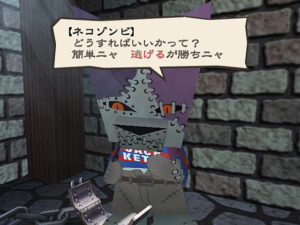
An incredibly idiosyncratic experience, Gregory Horror Show is unlike anything released at the time. The implementation of NPC scripting creates a sense of life throughout the hotel rarely seen in games of this era or even on the console. Unfortunately, it is becoming increasingly difficult to play the game, with the only way being an original PS2 copy. These copies can go for a ridiculously large amount of around $600 online, hampering most people’s ability to experience this distinctive survival horror experience.
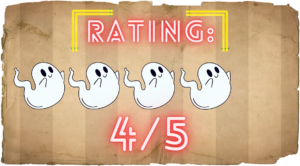
More Game Reviews
Saiko no Sutoka (Hepburn: Psycho Stalker) is a survival horror game created by independent Indonesian developer Habupain for PC. The story follows a teenage schoolboy named Akira as he finds… You may already be aware of the hit mobile game Fate/Grand Order, which has a really fun mix of anime, historical figures, folklore, waifus and even some sci-fi elements! Right… Junji Ito has become one of the most popular and influential creators within the modern horror landscape, with his style permeating across continental borders to make him a household name… Breathtaking vistas, an Austrian setting, Elyse Levesque as a detective with a slight German accent, a cursed game, and a mix of Nordic noir and supernatural horror elements: this is… Zero: Tsukihami no Kamen [零〜月蝕の仮面〜], or Zero: Mask of the Lunar Eclipse, was the fourth main entry in the Zero series and a switch from Sony’s platform to Nintendo’s. For the… Released in December 2021, Vampire Survivors is a retro-style roguelike role-playing bullet hell video game that takes inspiration from the Castlevania series, developed and published single-handedly by indie developer Luca…Saiko no Sutoka Game Review – Game of Yandere Cat and Mouse
Japanese Folklore of Fate/Grand Order: The Tongue-Cut Sparrow
NextDoor – Pixelized Retelling of Junji Ito Classic [Video Content]
The Darker The Lake (2022) Movie Review – The Fear Frequency
Fatal Frame IV: Mask of the Lunar Eclipse Review
Vampire Survivors (2021) Game Review – Bite-Size Retro Fun

Hey there, I’m Jim and I’m located in London, UK. I am a Writer and Managing Director here at Grimoire of Horror. A lifelong love of horror and writing has led me down this rabbit hole, allowing me to meet many amazing people and experience some truly original artwork. I specialise in world cinema, manga/graphic novels, and video games but will sometime traverse into the unknown in search of adventure.

